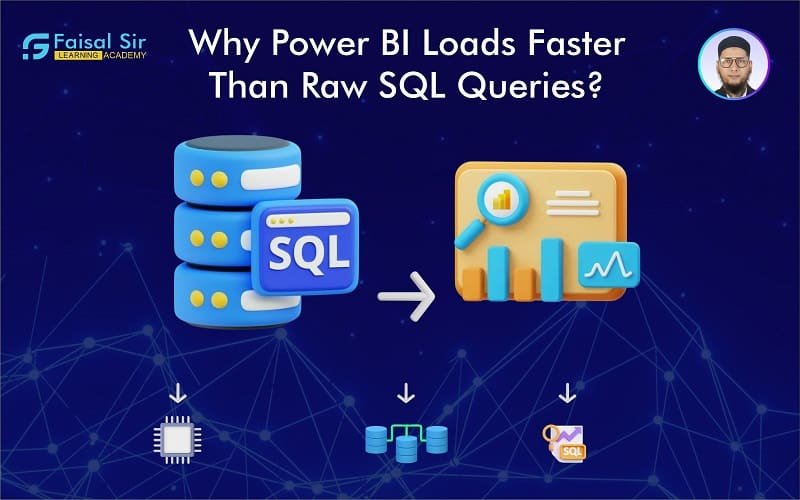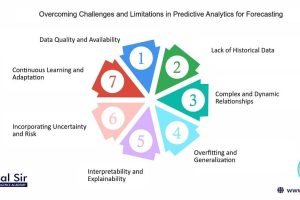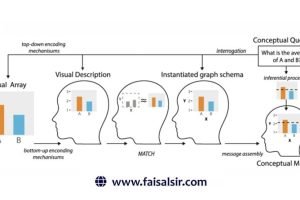
Why Power BI Loads Faster Than Raw SQL Queries?
In many of our projects, a common observation is that Power BI loads data significantly faster than executing the same SQL query in SQL Server Management Studio (SSMS). This leads many to ask:
“Isn’t Power BI using the same SQL query underneath? Then why is it faster?”
Let’s explore the reasons with real examples, a test scenario, and a timing comparison.
Test Scenario: Comparing Power BI vs SQL Query
Database
We’ll use a test database: `SalesAnalytics`, and a table with a million records.
SQL Table Creation (Example)
CREATE TABLE SalesData (
ID INT IDENTITY(1,1) PRIMARY KEY,
SaleDate DATE,
ProductName VARCHAR(100),
Quantity INT,
Amount DECIMAL(18,2)
);
Insert sample data (simulate a million rows)
INSERT INTO SalesData (SaleDate, ProductName, Quantity, Amount)
SELECT
DATEADD(DAY, ABS(CHECKSUM(NEWID())) % 1000, '20200101'),
CONCAT('Product', ABS(CHECKSUM(NEWID())) % 100),
ABS(CHECKSUM(NEWID())) % 100,
ROUND(RAND() * 1000, 2)
FROM sys.all_objects AS a
CROSS JOIN sys.all_objects AS b
WHERE a.object_id < 1000;
Performance Test
1. SQL Server Management Studio (SSMS) We run this query in SSMS:
SELECT
ProductName,
SUM(Amount) AS TotalSales,
COUNT(*) AS Transactions
FROM SalesData
GROUP BY ProductName;
Execution Time: \~3.5 seconds (on a machine with 16 GB RAM, SSD)
2. Power BI Same Query via Import Mode
Steps:
a) Go to Power BI Desktop > Get Data > SQL Server
b) Use the same query.
c) Import data into Power BI.
d) Load into a visual.
First Load: \~4 seconds (includes connection + model prep)
Subsequent Interactions: <1 second
Why Power BI Feels Faster
Here are five key reasons why Power BI often outperforms raw SQL query execution in perceived performance:
1. InMemory Data Model (VertiPaq Engine)
Power BI uses VertiPaq, a columnar inmemory storage engine that:
Compresses data efficiently (sometimes 10x smaller)
Optimizes analytical queries using RAM
Stores data in columns, ideal for aggregations and filters
> After initial import, all operations are inmemory — no round trip to the database.
2. Data is Imported Once
In Import mode, Power BI pulls the data once and stores it internally. Subsequent visuals, filters, slicers, and calculations are all based on this inmemory model.
In contrast, SQL queries are executed each time you run them, which:
Consumes CPU
Depends on disk IO and indexing
May involve network latency
3. Query Folding (for Optimization)
Power BI’s Power Query editor uses query folding, which:
Translates UI operations into optimized SQL
Pushes filtering, grouping, and joins back to the server
Ensures the database does heavy work before data is imported
Even your simple filter in Power Query becomes:
SELECT [ProductName], [Amount]
FROM [SalesData]
WHERE [SaleDate] >= '2023-01-01';
4. Columnar Storage vs Row Storage
SQL Server stores data rowbyrow (unless using columnstore indexes)
Power BI stores data columnbycolumn, which is faster for analytics
When calculating `SUM(Amount)`, Power BI reads just one compressed column in RAM.
5. Parallelization
Power BI breaks operations into parallel tasks behind the scenes:
Slicers, visuals, and DAX formulas run in multiple threads
SQL Server Management Studio runs queries sequentially unless configured otherwise
Summary
| Feature | SQL Server Query | Power BI (Import Mode) |
|---|---|---|
| Storage Type | Row-based | Columnar in-memory |
| Execution Location | Server | Client (RAM) |
| Compression | Moderate | High |
| Query Reexecution | Always | Once (then cached) |
| Performance | Depends on DB | Very Fast (after load) |
Faisal Sir Tip
If you're using DirectQuery in Power BI instead of Import Mode, performance will rely heavily on SQL Server speed. Import Mode is always faster for analytical dashboards.
Power BI isn’t magic — it’s smart engineering. By combining inmemory compression, columnar storage, and parallel execution, it delivers lightningfast analytics over large data sets.
So next time Power BI "feels" faster than SQL, know it's thanks to how and where it processes the data.




